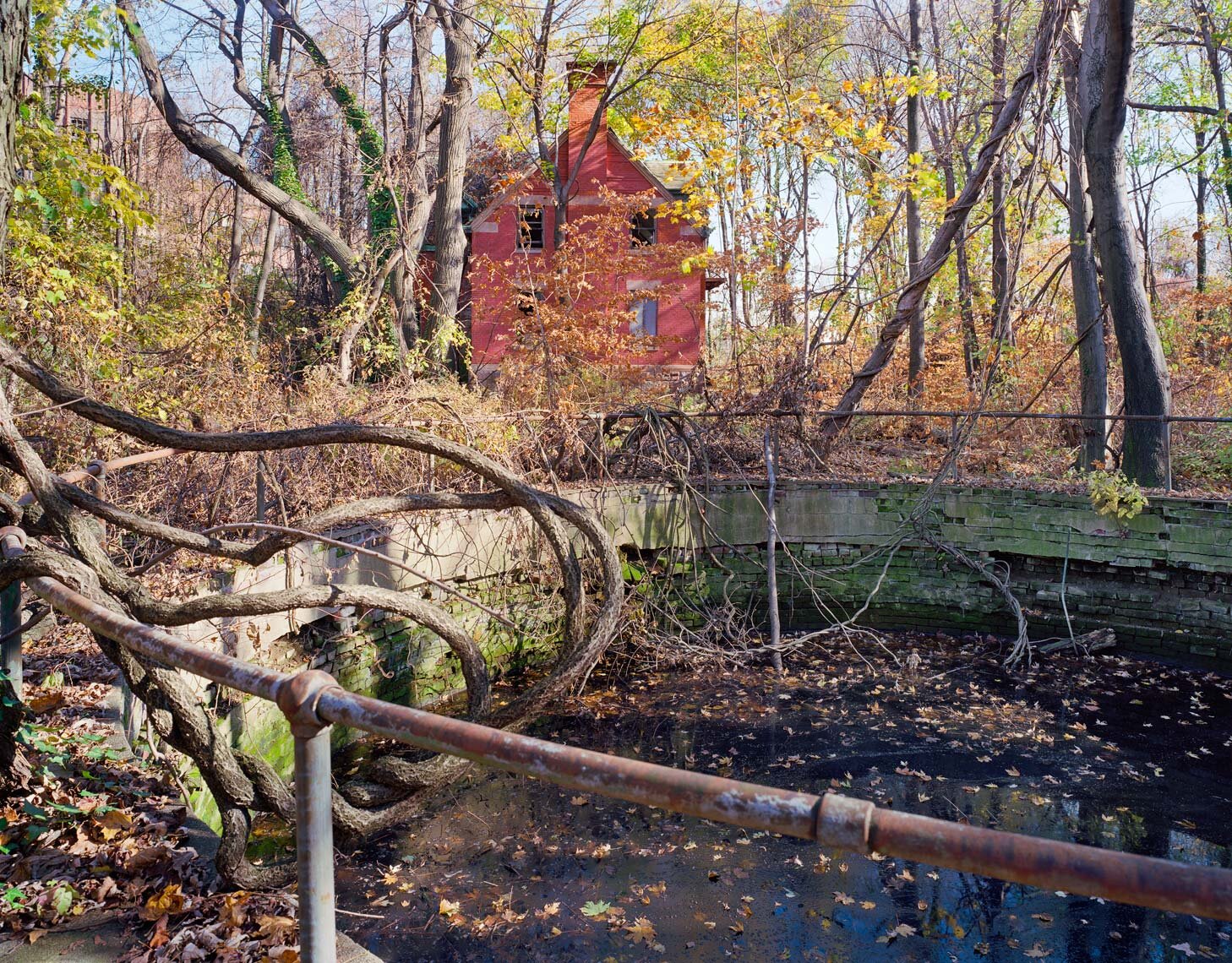NORTH BROTHER ISLAND. At first glance North Brother Island is the most unexpected of places: an uninhabited island of ruins in New York City, a secret existing in plain sight. Yet it was once an ordinary part of the city, and for over eighty years, from the 1880s until its abandonment in the 1960s, thousands of people called it “home”.
North Brother Island came into prominence in the late 19th century, when public health issues of an exploding population regularly made headlines. Like other islands in the harbor, it was perfectly suited as a buffer against contagions, and from the 1870s through the 1930s it was used primarily as a quarantine hospital (the infamous Typhoid Mary was confined there). After WWII it provided a temporary home for veterans, and from the 1950s it was used as a juvenile drug treatment center until its closure in 1963. Over the years, new uses have been proposed for the island, but by and large it has been forgotten, and what was once a tidy campus is now an urban forest, with decaying structures consumed by vegetation for much of the year.
From 2008 to 2013, with permission from the New York City Parks Department, I was one of a few photographers allowed on the island, and my photographs comprise a comprehensive record of the buildings and its evolving landscape over many seasons. North Brother Island: The Last Unknown Place In New York City was published by Empire Editions/Fordham University Press in 2014, with an introduction by Robert Sullivan and history by Randall Mason.















































